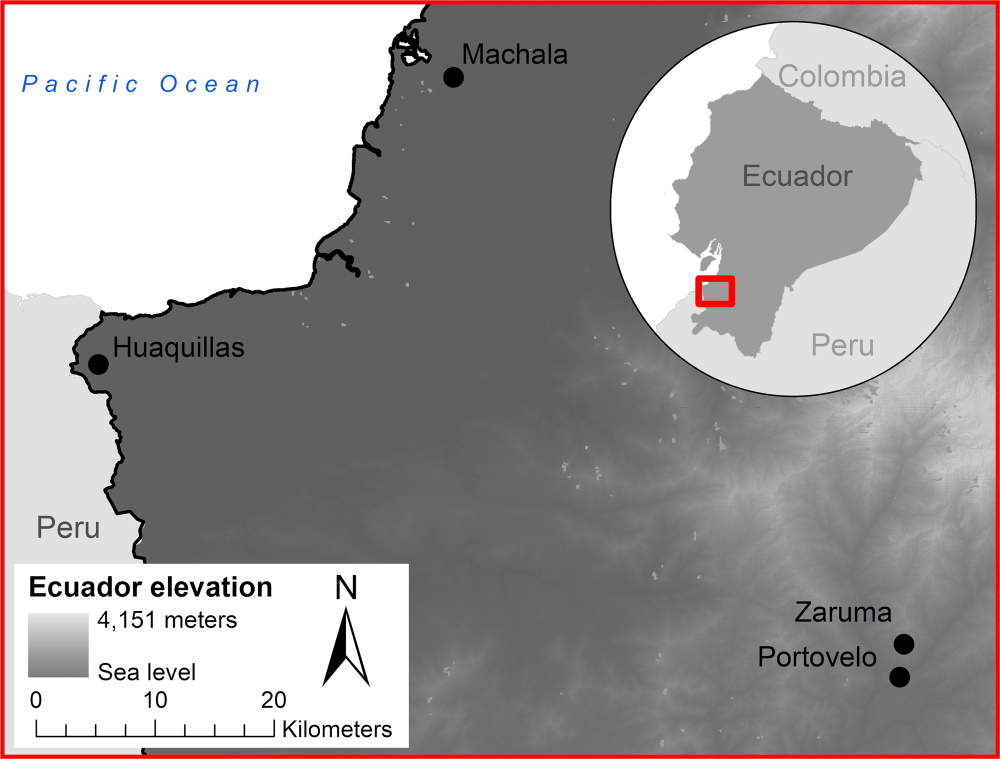
LIPPI, MUNDIS, RYAN, SIPPY – Seasonal and geographic variation in insecticide resistance in Aedes aegypti in southern Ecuador
Sadie J. Ryan, Stephanie J. Mundis, Alex Aguirre, Catherine A. Lippi, Efraín Beltrán, Froilán Heras, Valeria Sanchez, Mercy J. Borbor-Cordova, Rachel Sippy, Anna M. Stewart-Ibarra , Marco Neira
Article first published online: 10 JUN 2019 PLoS Neglected Tropical Diseases
DOI: 10.1371/journal.pntd.0007448
ABSTRACT: Insecticide resistance (IR) can undermine efforts to control vectors of public health importance. Aedes aegypti is the main vector of resurging diseases in the Americas such as yellow fever and dengue, and recently emerging chikungunya and Zika fever, which have caused unprecedented epidemics in the region. Vector control remains the primary intervention to prevent outbreaks of Aedes-transmitted diseases. In many high-risk regions, like southern Ecuador, we have limited information on IR. In this study, Ae. aegypti IR was measured across four cities in southern Ecuador using phenotypic assays and genetic screening for alleles associated with pyrethroid IR. Bottle bioassays showed significant inter-seasonal variation in resistance to deltamethrin, a pyrethroid commonly used by the Ministry of Health, and alpha-cypermethrin, as well as between-city differences in deltamethrin resistance. There was also a significant difference in phenotypic response to the organophosphate, Malathion, between two cities during the second sampling season. Frequencies of the resistant V1016I genotype ranged from 0.13 to 0.68. Frequencies of the resistant F1534C genotype ranged from 0.63 to 1.0, with sampled populations in Machala and Huaquillas at fixation for the resistant genotype in all sampled seasons. In Machala and Portovelo, there were statistically significant inter-seasonal variation in genotype frequencies for V1016I. Resistance levels were highest in Machala, a city with hyperendemic dengue transmission and historically intense insecticide use. Despite evidence that resistance alleles conferred phenotypic resistance to pyrethroids, there was not a precise correspondence between these indicators. For the F1534C gene, 17.6% of homozygous mutant mosquitoes and 70.8% of heterozygotes were susceptible, while for the V1016I gene, 45.6% homozygous mutants and 55.6% of heterozygotes were susceptible. This study shows spatiotemporal variability in IR in Ae. aegypti populations in southern coastal Ecuador, and provides an initial examination of IR in this region, helping to guide vector control efforts for Ae. aegypti.
Read the full publication at PLoS Neglected Tropical Diseases